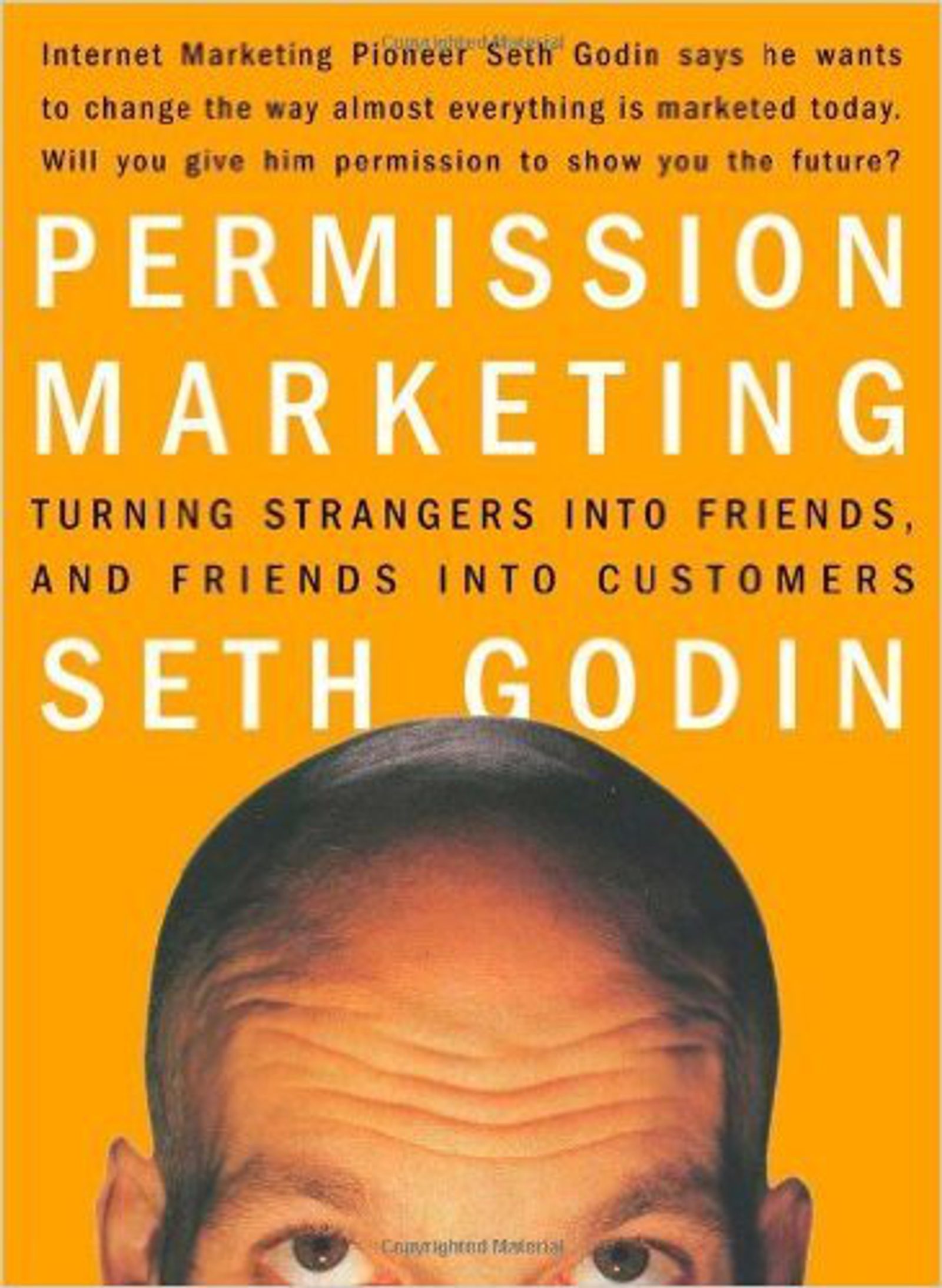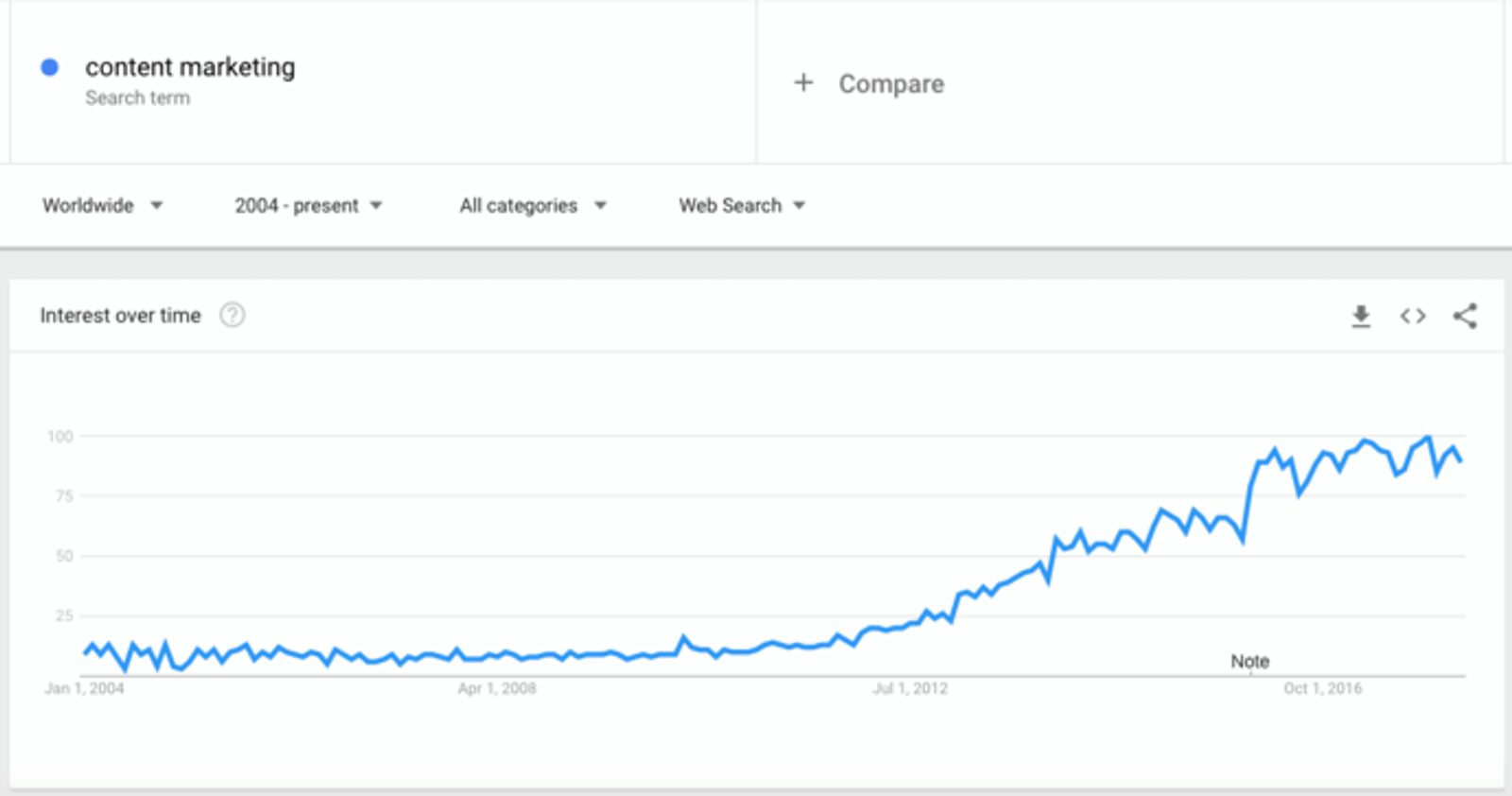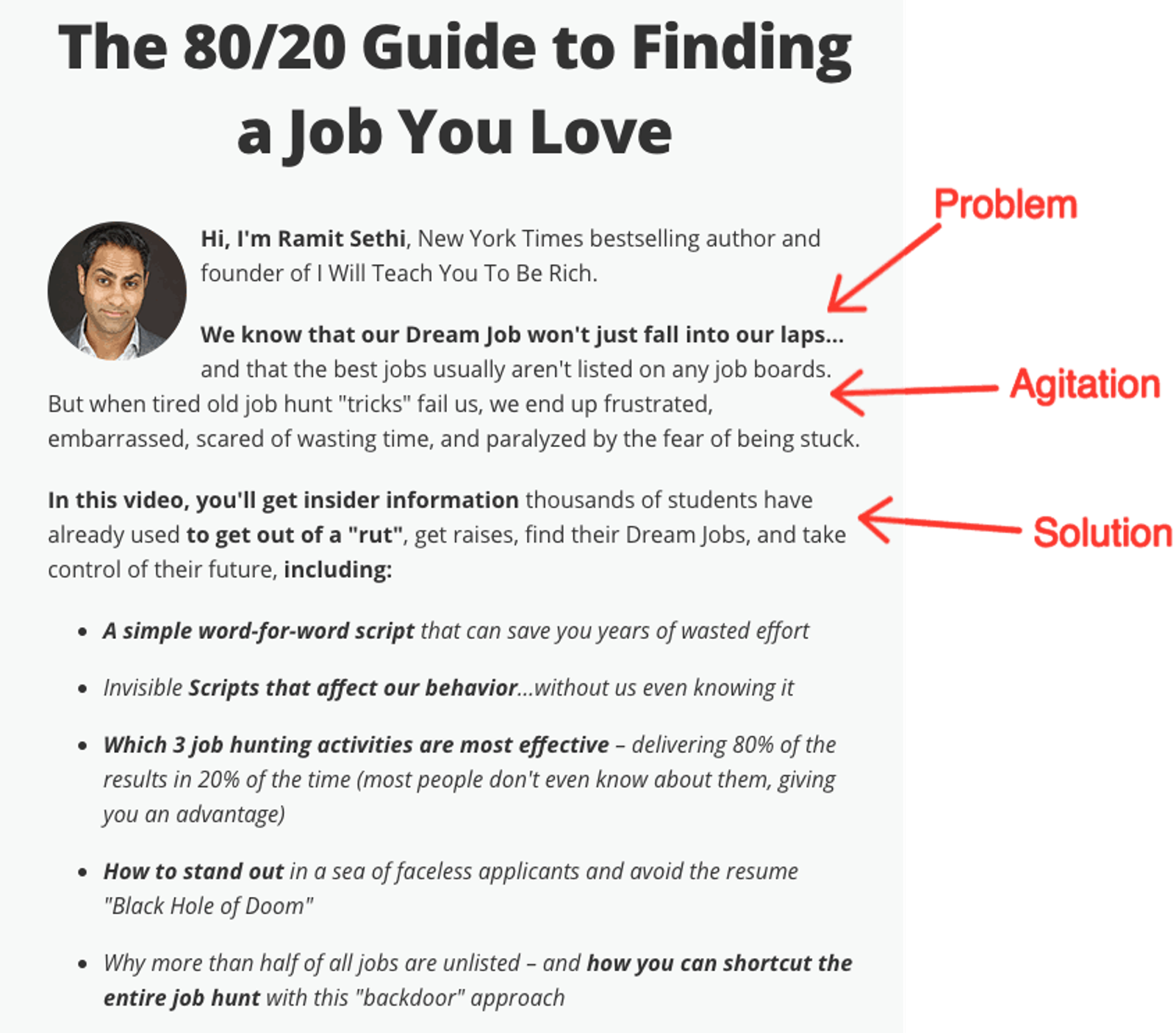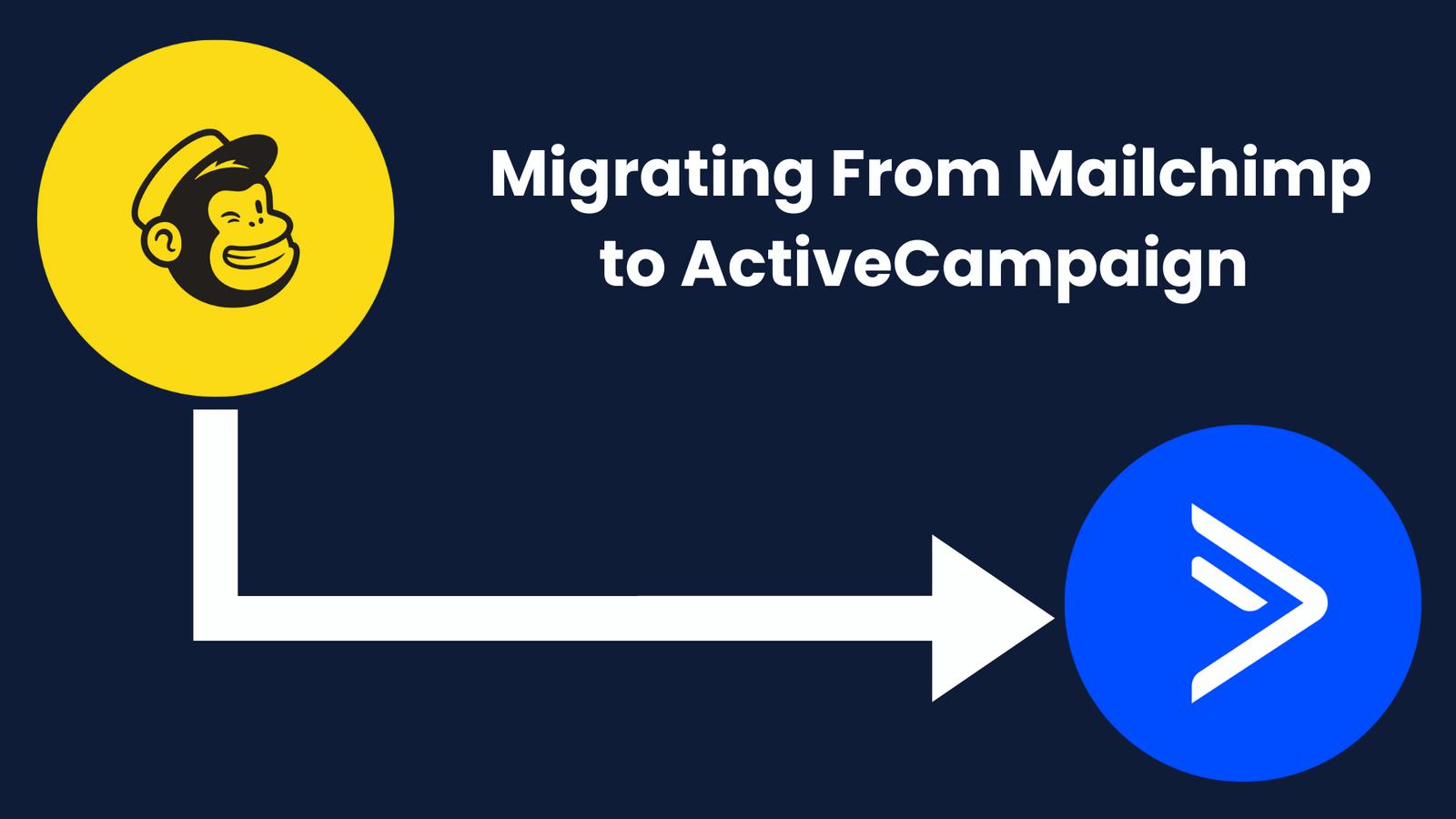Where does great marketing copy come from?
It’s kind of a weird question, right? It comes from writers, who have ideas, which come from...somewhere. Most people don’t really know where, but it doesn’t really matter because that’s why copywriters exist in the first place.
But it’s actually important to understand marketing copy, even if you aren’t a copywriter.
You might not be the kind of person who pulls out their word-hammer and word-anvil to start wordsmithing words in the word-fire, but there are two very good reasons to understand copywriting at a fundamental level:
- You need some copy, even if it’s only a paragraph of company description, and there’s a point where you’re too small to hire someone else to write it.
- When you are able to hire a copywriter, you need to be able to tell if they’re the right person for the job.
If your copy isn’t performing, you could be losing sales without even realizing it.
If you hire a bad copywriter, you’ll keep losing sales—and pay for the privilege.
To stop that from happening, this article covers three of the most dangerous copy misconceptions—and the most fundamental of all copy fundamentals.
Three critical copy misconceptions that kill conversions
Let’s start with a big one that you might have heard: copywriting isn’t about creativity.
Can creativity help you be a better copywriter? Of course! But the goal of copy isn’t to “be creative.” The goal of copy is to sell products.
As famous ad-man David Ogilvy once said:
"When I write an advertisement, I don’t want you to tell me that you find it ‘creative.’ I want you to find it so interesting that you buy the product."
What constitutes good marketing copy? High conversion rates. Sales. Revenue. Money.
But even if you’ve adopted the “copy as a salesman” mindset, there are three critical misconceptions that pop up—and could be killing your chance to make a killing.
Try it now, for free
Misconception 1: Copy creates demand
If you spend some time Googling “copywriting,” you’re sure to come across a few things. A less-than-helpful Wikipedia article. A list of “power words.” A recommendation to read the book Influence.
In general, a lot of the recommendations you’ll find suffer from this first critical misconception: copywriting makes people want things.

People don't want things just because you offer them. Copy can't create demand.
But wait, didn’t I just say that the job of copy is to sell products? And isn’t part of selling products making people, well, want those products?
Yes. Well, sort of. And in truth, a lot of the copy tips you’ll find in Google aren’t actually bad. They’re just taken out of context. A book like Influence is actually really helpful, if you use it right.
I can’t say it any better than Eugene Schwartz, a legendary copywriter and the author of Breakthrough Advertising.
“Let’s get to the heart of the matter. The power, the force, the overwhelming urge to own that makes advertising work, comes from the market itself, and not from the copy.
Copy cannot create desire for a product.
It can only take the hopes, dreams, fears and desires that already exists in the hearts of millions of people, and focus those already existing desires onto a particular product.
This is the copywriter’s task: not to create this mass desire – but to channel and direct it.”
Marketing copy only makes people want products to the extent that it answers their problems and helps them get the things that they want. As Joanna Wiebe, the original conversion copywriter, says “you’re selling your prospects a better version of themselves.”
If you want to have strong marketing copy, you first need to ask other questions. What problems do people have? Are they willing to pay to solve them? What demand is out there for a solution like your product?
Misconception 2: Content and copy are the same (“it’s all words”)
Content marketing has its roots all the way back in the 19th century, but its recent popularity can be partially attributed to Seth Godin’s book Permission Marketing.

Source: Amazon
Back in 1999, Godin realized that most marketing was “interruption” marketing. That is, it bothered people while they were trying to do other stuff and go about their lives.
Think about your standard television commercial. Do you really want to sit there watching the commercial, or do you want to go back to watching a rerun of How I Met Your Mother? I came for the silly jokes and the phrase “suit up,” not 18 billion car commercials.
If you love car commercials, that’s cool too. The point is that Godin proposed a shift—from marketing that annoys people to marketing that solves problems. Marketing that people actively seek out and want to consume.

Almost 20 years later, here we are. Content marketing is exploding. And as content marketing blows up, the demand for people who can write also rises.
So I’m a fan of content marketing. How could I not be? The more popular the field gets, the more my professional stock goes up.
The problem is that the rise in demand for writers has led to some confusion.
With so much demand for writers, the distinction between content and copy has become blurred. Broadly, there’s this idea that “words are words,” and that if you can write well, you can do anything that involves words.
But there’s a difference between content and copy. Even though copywriters are often good content marketers and content marketers have many skills that will translate well to copy, there are critical differences.
In most cases:
- Copywriters are trying to drive sales. They use a deep understanding of psychology, stages of awareness, and specific audiences to write words that get people to take action.
- Content marketers are trying to create leads. They use educational content to attract readers and collect contact information to qualify and nurture leads.
Is this a perfect distinction? Of course not. And there are certainly people with both skill sets.
But there are situations that demand one skill set more than another. Again, there can be overlap, but here are a few quick examples.
- Copywriters are usually better suited for writing web pages, landing pages, and email sequences. Many copywriters will also have knowledge of conversion optimization and testing.
- Content marketers are usually better suited to come up with, write, and promote blog posts. They are more likely to have knowledge of SEO and social media promotion.
When the skills get confused, you wind up with a beautifully written blog post that nobody reads. Or an informative landing page that doesn’t get you any customers.
(Also, if you're interested in how to write a landing page, check out this guide.)
To sum up...
What is a copywriter?
- Copywriting is creating words that are intended to persuade. Copywriters are the people who create the words and text for promotional materials like web sites, landing pages, sales letters, billboards, brochures, and emails.
What is a content marketer?
- Content marketing is the creation of materials to promote a brand. Content marketers are the people who create, distribute, and measure content. That includes blog posts, social media, infographics, ebooks, white papers, videos, and other content.
Personally, I think that it’s awesome when content marketers and copywriters cross skill sets. The ability to attract and convert leads is super valuable, and it does amazing things for the people who can do both.
But if you’re looking at hiring a content marketer or copywriter, it’s important to understand the difference. Writing skill helps in both areas, but it’s a generalization to say “it’s all words.”
Misconception 3: Copywriting is about writing
This is a pretty understandable misconception. After all, the word “copywriting” literally says “writing” in it. So where’s the misconception?
There’s a common belief that the words a copywriter puts onto a page come from the copywriter’s brain. But good copy actually doesn’t. The best marketing copy—the copy that keeps people reading, nodding along, and converting—comes straight from your audience’s mouth.
We’ll talk more about what that means in a moment. But if copywriters don’t write, what do they do? What does it mean to write copy?
To quote Eugene Schwartz again: “Copy is not written. Copy is assembled.”
The job of the copywriter is to pull together language from a variety of sources and organize it in a way that increases conversions.
The best copywriters never write from scratch. They take proven formulas for marketing copy, like PAS (Problem Agitation Solution), AIDA (Attention Interest Desire Action), and AICPBSAWN (yep, really), then add in the details of their product and audience.
If that makes copywriting sound easy—it’s not. And copywriters still need to be good writers to understand which audience language is compelling enough to steal.
What is copy creation?
Copy creation is the practice of creating words that persuade people to take action. The best copywriters do research to find the most important features of their products, the pain points of their audience, and the exact words people use to describe their problems.
The dangerous idea in misconception 3 is that marketing copy comes from an individual person. It’s a misconception that leads to impossibly tight turnaround times, or the belief that short copy should be less expensive because it’s “easier” to write (it isn’t).
In reality, writing effective marketing copy of any length takes research.
The copywriter is the person who organizes that research to build a compelling message.
The final steps of copywriting are an art, but they are an art guided by science.
Let’s look at how you can use customer research, not “writing,” to create copy that converts.
You don’t need to make those mistakes
Instead of “writing,” do customer research(Or, “how to write marketing copy”)
If you think you need rehab, you do.
That headline generated a 400% increase in button clicks for Beachway, a rehab and addiction therapy center. It crushed the control, “Your Addiction Ends Here,” so incredibly that it led to a 20% increase in form submits—even though the form was on an entirely separate page.

Source: Copy Hackers
It’s an incredibly compelling headline. If we hadn’t just gone through common copywriting misconceptions, it would be easy to think “whoever came up with that is an amazing writer.”
As it turns out, Joanna Wiebe is an amazing writer. She’s the copywriter that worked on Beachway’s website and chose that headline. But she didn’t write it.
Joanna Wiebe is the original conversion copywriter, and one of the best copywriters in the world. So she knows that the most compelling and effective marketing copy comes from audience language, not copywriter brains.
“If you think you need rehab, you do.” That copy came from an Amazon review of a book about overcoming addiction.
If you follow top copywriters, you’ll notice that this becomes a theme.
In 2017, Joel Klettke gave a wildly popular talk at Unbounce’s Call To Action conference. In it, he shows you the difference between copy that comes from marketers and copy that comes from audience research.
I highly, highly recommend watching the entire talk, but here are a few of the examples that come from this copywriting advice:
- “Sales made simple” vs. “You hate guesswork and busywork – so we made sales less work”
- “Affordable time tracking payroll software” vs. “The only time tracking tool that pays for itself”
- “Break through native reporting limitations” vs. “Get the reports your CRM can’t give you – without the headache it does”
In each example, the second version of the copy borrows from audience research. And it’s not hard to see that the research-based copy is much more interesting and grabby than the boring controls.
That’s the key—copywriting isn’t about guessing at what people want. It’s about taking audience language and building it into high-converting copy.
That's why research is important in copywriting. It's how to write good copy.
Here are the three biggest ways that top copywriters use market research to craft better copy. For more ideas, you can also check out our blog post on affordable market research for small business.
Research method 1: Amazon review mining
There’s a source of incredible, voice-of-customer writing out there for your audience. For just about any audience—no matter how niche, specific, or downright odd—there’s a wellspring of language for you to draw on.
It’s Amazon.
There are books on just about every subject that has ever existed. And when people are trying to solve their specific problems, they read those books.
After reading those books, some especially motivated people leave reviews—reviews where they lay out exactly the problems they were having, how the book helped, and what else they wish the book had included.
Want customer language? All you have to do is read book reviews.
This technique, called Amazon review mining, comes from Joanna Wiebe, but it’s so powerful that I’ve also seen it recommended by Jennifer Havice, Ramit Sethi, and other top copywriters and conversion optimizers.
Amazon review mining is how the headline “if you think you need rehab, you do” came to be. It's one of the most powerful and fast-acting copywriting tips. Could it be effective for your business?
Let’s take a look at an example to find out.
I Googled “top fitness books,” pulled out a few of the books that were on multiple lists, and started looking on Amazon.
To be honest, I thought it would take a few tries before I found anything interesting. But on the very first book, Body for Life by Bill Phillips, I struck gold.

Look at that! It’s just an eruption of potentially awesome marketing copy. Scanning through this review, here are a few of the phrases that jump out at me.
- “This routine is all about working smarter, not harder or more often.”
- “You’ll get the kind of figure that most people find sexy”
- “If you’re looking to get in shape without needing to spending long hours in the gym”
- “Perfect for the busy person who can’t spend an hour and a half doing weights or cardio in the gym”
- “It’s must easier to find a partner who can commit and stay committed! Your partner only need meet up for under 3 hours a week”
- “I also like the suggested eating regime, 3 meals a day and 3 (meal-replacement) shakes a day. Who wants to eat 4 to 6 meals of food a day? Not me, that’s why I like this system so much.”
I’ve intentionally not polished any of the language. I might not take these exactly word for word, but it’s easy to see how “looking to get in shape without needing to spend long hours in the gym” can turn into good copywriting.
But it’s also more than that. By analyzing this review, I can get specific language and uncover some key pain points I might have missed.
- People want to eat healthy, but feel like it’s a burden. Having a specific routine that’s easy to follow is helpful
- People want to have workout partners, but feel like it’s hard to keep a partner for any length of time
- And, of course, people want to look good without having fitness take over their lives
All of that, from one review of one book.
Of course, I’m going to want to read more reviews to confirm that these insights apply to more than just this one person. But you can see how powerful—and easy—this technique is.
What if you have an audience more specific than “fitness?” I purposely tried to think of an extremely niche audience for this next example, and I came up with “people who want to become clowns.”
The Amazon books page for clowns has a surprising number of books about murder clowns, but the second result had some answers.
Clowns: In conversation with modern masters, by Ezra LeBank and David Bridel, is about as niche as it gets. Could there be a useful review?
There isn’t quite as much meat in this review section, since there are only seven reviews. If I really wanted to write marketing copy about teaching people to become clowns, I would need to do a bit more research. But I still found the beginnings of something useful.

You could see “Practice the high-wire art of ‘in the moment’ performing” as a crosshead or headline on a sales page, right?
I’ve also learned that clown enthusiasts find that their art is hard to define—a product or service that could break down “the mechanics of a highly ephemeral art” could be compelling.
Elsewhere in these reviews, someone declared this book “a great addition to serious clown lore.” Although their job is entertainment, clearly clowns are people who take their art seriously.
If Amazon review mining can help me write copy for something as specific as people trying to become clowns, it’s worth adding as a step in your research process.
Research method 2: Qualitative surveys
Surveys are a classic market research tool. But the way you use them is a little different when the goal is to get language to use in your marketing copy.
Many market research surveys are quantitative, with the goal of reaching a large number of people to better understand the segmentation and state of an entire market.
But for copywriting, your surveys should be qualitative. You want people to ramble on and on about their specific challenges, so that you can use their ramblings to sell products.
What should you ask in a survey? I’ve written a whole other article on customer research questions, but here are a few to get you started:
- Have you tried to do ____ before? Tell me how it went (What did you try? What worked and what didn’t?)
- What’s your biggest challenge in doing _____? I’d love to hear the details, so please share as much as you like.
- Why do you want to be ____? Tell me the story.
You can plug in any specific desire or industry. I used these questions last week for fitness, and have also used them for research on career planning.
But “have you tried to become a clown before” works just as well as “have you tried to get fit before.”
Where can you get survey respondents? You don’t necessarily need a ton of people to respond—even one awesome response is worth the effort.
The most common ways to survey your audience include:
- Emailing them
- Posting your survey in places they hang out online (social media, forums, etc.)
- Adding a pop-up to your site with a few questions
- Building a survey into your welcome automation
Surveys are powerful because it’s relatively easy to get a good number of responses, and you can ask questions more specific than what you might get from Amazon review mining.
Research method 3: Interview your audience
Amazon reviews are good for initial exploration into a broad audience.
Surveys can help you ask more precise questions to a smaller, but still substantial, number of people.
The last step in the chain is interviews.
A one-on-one interview is an unparalleled form of customer research. When you talk directly to someone in your audience, you can ask questions and follow up questions that uncover much deeper insights.
In an interview, you have the opportunity to build rapport and help people open up about their real challenges. Often, what someone gives as a survey answer is only the first layer of how they feel.
Peeling back the onion with follow-up questions will get you to the language that becomes the cornerstone of your marketing copy. The phrase “tell me more” is your best friend.
How do you actually use this copy?(Hint: There are copywriting formulas…)
Once you’ve collected and organized the customer language you uncovered in research, you need to actually use it in your marketing copy. But where do you actually use all of this language?
Everywhere.
Customer language should inform every word you put on a page. It should go in:
- Headlines
- Crossheads
- Bullet points
- Body copy
- Calls to action
- Button text
- Image captions
- EVERYWHERE!!!
Before I write anything, I skim through my customer research spreadsheet again. As I’m writing, I have it open in a second window. Whether it's web copy, email copywriting, brochure copy, copy for PPC ads, or a meta description for a blog post, it helps to have the research on-hand.
When you understand that copywriting is about organizing customer language—and not actually about writing—you can create copy that gets your audience to read, remember, and buy from you.
Still, there’s another level to copywriting. And if you want to learn how to become a great copywriting, this is where it really gets exciting.
You can do better than “features vs. benefits”
If you look for copywriting tips, or Google copywriting skills, or basically look anywhere in the world of online marketing, you’re going to get the same advice about how to write copy.
Powerful sales copy focuses on benefits instead of features. You need to focus on the why.
“Features vs. benefits” is about the most common copywriting advice that there is. And don’t get me wrong—it’s not bad advice in the right context.
But hearing “features vs. benefits” for the umpteenth time doesn’t really tell you how to improve your marketing copy.
There are a few common pieces of copywriting advice that are similar.
- Features vs. benefits. Yes you need to be talking about the benefits of your product. And yes, over-focusing on features is a common copywriting mistake (and, frankly, marketing mistake). Still, there actually are times when features are more important.
- Use “you” in all your copy. It’s usually better to speak to your audience directly. But knowing this copywriting trick won’t magically make bad copy good. Also, in certain contexts, you might want to say “we” to put yourself on the same team as your reader.
- Clarity over cleverness. Be clear instead of clever. Ok, this one is almost always true—but using your audience language and organizing it well helps you focus on clarity anyway.
None of this is bad advice. In fact, it’s advice that applies most of the time. The problem is that you could know all of those things and still write bad copy.
Boring copy. Copy that doesn’t convert. Copy that’s so bad, it sets your website on fire and leaves a potential customer trying to remember the second step of “stop, drop, and roll.”
Yeah, I’m exaggerating. And using voice-of-customer language will help you out a ton.
To take your copy to the next level, though, you’ll want to follow in the footsteps of the greatest copywriters of all time—and use some copywriting formulas.
PAS: Problem, Agitation, Solution
Have you ever wanted to write better copy?
Ever wonder why every late-night infomercial in the universe seems to start with some dude yelling a question at you?
I can’t explain the yelling part, but the idea behind the question is simple—it’s a quick way to follow the PAS copywriting formula.
PAS stands for “Problem, Agitation, Solution,” and it’s a way to organize all your voice-of-customer research into marketing copy that gets sales.
Astonishingly (that’s sarcasm), there are three major sections to this formula.
- Problem: Lay out your audience’s problem using the same words they would use
- Agitation: Push harder. Bring up the problem again, then go deeper. Twist the knife.
- Solution: Present your offer as the solution to the problem you’ve just described.
Here’s an example of the formula in action, on the landing page for one of Ramit Sethi’s lead magnets.

Source: IWT
Bring up the problem. Twist the knife. Offer a solution.
This next example is one of my favorites, and shows that marketing copy doesn’t always need to be delivered in writing.
The story of Eric and Peety is part of The Humane Society’s program, Mutual Rescue. I’ve transcribed the first minute or so of copy below (although it’s also well worth watching).
What do you notice?
“When people see a photo of who I was 5 years ago, they can’t (and often don’t) believe that it’s me.”
“My weight had crept up to 340 lbs. My blood pressure was through the roof. Super high cholesterol. I had type 2 diabetes, and I was taking over $1000 of medications a month.”
“You know how small airplane seats are. I could barely squeeze into one, and basically I’d spill over both sides. They had to delay the flight, because they didn’t have a seat belt extension that would fit me. There was a gentleman next to me, and he just looked in complete disgust and he goes ‘I’m gonna miss my connection because you’re too fat.’”
This is textbook PAS. Or at least PA (the solution is presented in the rest of the video).
The video begins by outlining the problem—Eric was overweight and in poor health. Then it agitates that pain with the airplane story.
Finally, it introduces Peety. The solution.
AIDA: Attention, Interest, Desire, Action
PAS is one of the big copywriting formulas. The other one is AIDA.
AIDA stands for “Attention, Interest, Desire, Action,” and is also a way to organize your audience research into a compelling copywriting message.
Astonishingly (still sarcasm), there are four steps to AIDA.
- Attention: Grab some eyeballs. Get your reader to pay attention.
- Interest: Build some curiosity, or say something that keeps them around
- Desire: Make them want the thing that you offer
- Action: Give them a call to action
I usually see AIDA used for long copy, in email copywriting, or stretched across an entire landing page.
That, along with the fact that a ton of marketing copy seems to leave out the “desire” step, makes it tough to find good examples to stick in a blog post.
But I did find this one.

Source: Price Intelligently
In 10 seconds, that copy grabbed my attention (because yeah, I probably did guess). It got me interested in its key product (pricing software), sold me on a desired benefit (30% growth), and made a clear call to action.
In other words, it:
- Sold me on the benefits (while hinting at a feature)
- Used the second person “you”
- Is crystal clear about the service it provides
I love this example, because it follows all of the conventional copywriting tips—while also using compelling audience language (“face it, you guessed”) and logically organizing its points in a way that builds to the call to action (using AIDA).
Copywriting formulas take the guesswork out of organizing your copy. They show you how to actually use the audience language you get from research. “Face it, you guessed” can apply to copywriting just as easily as it applies to pricing. Copywriting formulas make it so that you don’t have to guess.
Conclusion: “Polished” copy doesn’t convert
“Marketers have a tendency to try to abstract their messages to the point that everything can be said in two to six commonly used words, which somehow gives us the comforting sense that we’ve created a polished marketing message.
As if that’s the goal.
Let me leave you with this: polish doesn’t convert.”
Joanna Wiebe
How do you spot marketing copy that was written without using voice-of-customer research?
Easily, because it all sounds the same. How many times have you seen these words and phrases in totally boring copy on confusing websites?
- “Innovative solutions”
- “Best-of-breed”
- “Cutting edge”
- “Disruptive”
- “Seamless experience”
Great marketing copy doesn’t need to be “polished.”
Marketers love polished copy because it’s familiar. It’s neutral. It’s safe. It’s never going to cause an uproar or PR problem, because it doesn’t take any kind of risk.
Except the risk of losing sales.
When you write copy based on research, it won’t always sound polished. But it will be what your reader needs to hear before becoming a customer. Why not get started right now with ActiveCampaign's free email copywriting template?







